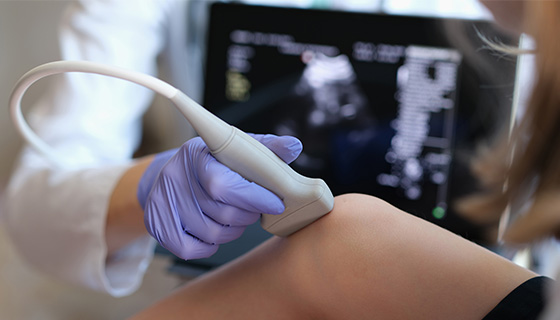Croup
What is croup?
Croup is a disease that causes swelling in the airways and problems breathing. Children with croup often have a high-pitched “creaking” or whistling sound when breathing in. This is called stridor.
What causes croup?
Croup is most commonly caused by a virus. It is sometimes, but rarely, caused by bacteria, allergies, or reflux from the stomach. Viruses that are known to cause croup are:
-
Parainfluenza virus
-
Respiratory syncytial virus (RSV)
-
Influenza virus
-
Adenovirus
-
Enteroviruses
Croup is spread through direct contact with a person, or fluids from another person who has the disease. The infection starts in the nose and throat and moves into the lungs. Swelling affects the area around the voice box (larynx) and into the windpipe (trachea).
Younger children are more affected by croup because their airways are smaller. Therefore, a small amount of swelling can make it really hard for a child to breathe.
Facts about croup
-
Croup is most commonly seen in children 3 months old to 5 years.
-
The peak time for croup to occur is 2 years old.
-
Croup is seen more often in the winter.
What are the symptoms of croup
Symptoms of croup are not always the same. As the disease moves from the nose to the lungs, the symptoms can change. Common symptoms of croup are:
-
A runny nose, a stuffy nose, and slight cough
-
A cough that turns into a "seal's bark"
-
Laryngitis (losing his or her voice)
-
Fever
-
Stridor
Symptoms are often worse at night and wake the child from sleep. Symptoms also seem to improve in the morning but worsen as the day goes on. Most children improve in three to seven days. The symptoms of croup can be mistaken for other conditions and medical problems. Always see your child's provider for a diagnosis.
How is croup diagnosed?
Your child’s provider will do a complete medical history and physical examination. Other tests may be needed, including:
-
Neck and chest X-rays
-
Blood tests
-
Pulse oximetry. An oximeter is a small device that measures the amount of oxygen in the blood.
Treatment for croup
Treatment for croup depends on:
-
Your child's age, overall health, and medical history
-
How sick your child is
-
How well your child does with medications, procedures, or therapies
-
How long the disease is expected to last
-
Your opinion or wishes
In severe cases of croup, or if your child is not breathing well, your child may need to go to the hospital. This is sometimes hard to tell because the disease changes. Your child may seem better at one moment, and then get worse the next. Your child's provider may also order the following medications to help with the symptoms of croup:
-
Inhaled medications
-
Injected medications
-
Oral medications (taken by mouth)
Home treatments may include:
-
Using a cool mist humidifier
-
Taking the child outside into cool, moist, night air
-
Drinking lots of fluids
-
Treating a fever with acetaminophen or ibuprofen, as instructed by your child's provider (Do NOT give a child aspirin as it can cause a condition called Reye syndrome)
-
Keeping your child as quiet and calm as possible to make it easier to breathe






